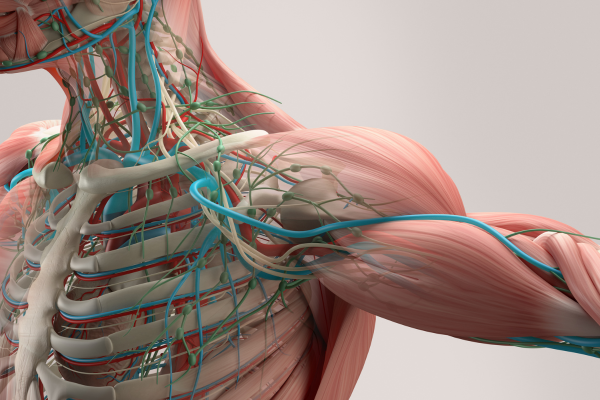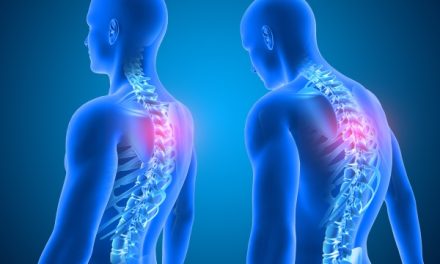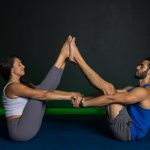The word ‘balance’ generally refers to an even distribution of weight or a state of equilibrium. Balance is something that most of us strive to achieve every day of our lives, in just about every aspect of our lives—especially when it comes to weight training and maintaining the health of our bodies. In contrast to balance, ‘imbalance’ is a state of being out of proportion or equilibrium. At the very least, being in a state of imbalance is frustrating and distracting.
In terms of strength training, the term imbalance is often used to refer to a muscle or body part that it is not functioning as well as it should be. When an injury occurs or a system is not working properly, it places the body into a state of imbalance because it is no longer in a state of equilibrium.
For example, a torn rotator cuff in the shoulder results in a state of imbalance because the injury inhibits you from performing many of the exercises and movements you would normally be performing.

For many of us, one of the biggest difficulties of being in a state of imbalance is identifying the cause or condition that placed us there in the first place. In other words, we know that we’re in a state of imbalance but we’re not entirely sure what happened to cause the condition of imbalance. And if you don’t know exactly what the problem is, there is no way you can figure out how to treat it.
This is precisely the reason Muscle Imbalances Revealed: Assessment and Exercise was developed. MIRA was developed by four well-known fitness pros—Nick Rosencutter, Anthony Mychal, John Izzo and Rick Kaselj—who say that the program offers a “complete guide of assessments and exercises to help pin point problems and fix dysfunction in order to bust through fitness plateaus and get faster results.”
Unlike most programs, MIRA takes a different approach in that it is almost entirely presented in a series of 12 video presentations that can either be streamed or downloaded for later viewing.
The overall MIRA program blends proper training and proper soft tissue work to enhance the speed at which people recover from injuries.
The first video is entitled Muscle Imbalances and the Performance Client: Assessments and Exercise Progressions to Improve Performance and Prevent Injury. This first one—as well as the next two—is narrated by Nick. The first part of the video is focused on helping you assess your body and uncover the root of the problem that you may be facing.
He does an excellent job of walking you through the assessment process, teaching you how to understand the difference between various symptoms, which allows you to then determine the correct underlying cause. Next, he gets into the actual assessments that he uses to pinpoint problems. The ‘Thomas Test’ is one assessment that he uses. He provides step-by-step instructions that show exactly what you need to do to perform the assessment. Afterwards, he moves on to the exercises you can do to address the problem.
Assessment and Exercise for Athleticism is the title of the next video set. This one is narrated by Anthony Mychal. In this video, Anthony focuses on identifying and eliminating muscular imbalances that inhibit overall athleticism. The following presentation is headed up by John Izzo and is entitled Assessment and Exercise for Personal Training. John’s presentation focuses on Assessments for Optimal Health. This presentation is primarily geared towards personal trainers. Its purpose is to help them to help their clients to achieve their personal fitness goals.

Rick takes the lead in the next video presentation, which is called Assessment and Exercise for Injury Rehabilitation. This one of course emphasizes assessments to identify injuries, followed by exercises and movements to alleviate the problems. One presentation is focused on knee injuries and another targets the back.
The rest of the videos are very similar with each of the guys narrating the presentations that cover his particular areas of expertise. All of the presentations follow the same basic format, beginning with an introduction before moving on to the assessments and then the exercises. Each video includes a handy PDF outline that covers major points of the presentation. These are great for taking notes and following along.
Be forewarned though—MIRA is not for everyone. The program is really designed for persons who already have a working knowledge of the body and muscular systems.
MIRA is not set-up for the casual workout enthusiast. Overall, I think MIRA would be a wise investment for someone who is looking to improve his skills. The all-video presentation style could be a little cumbersome for some people but the quality of the program makes it well worthwhile on https://www.locksmithspros.com/residential.











